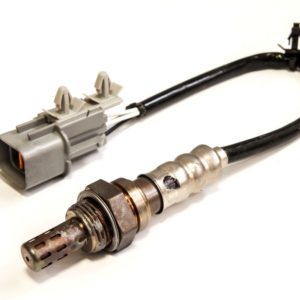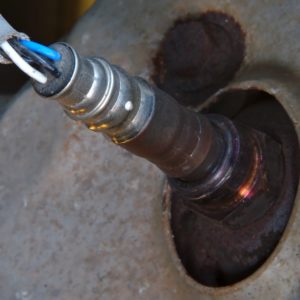Diagnostic trouble codes (DTCs) are a set of numbers and letters that indicate the source and nature of certain issues in your vehicle. The P0055 engine code is one such code. If you want to know more about the meaning, causes, and symptoms of this trouble code, this short but informative guide is for you.
What Does the P0055 Code Mean?

What Does the P0055 Code Mean?
Diagnostic trouble code (DTC) P0055 code stands for “HO2S Heater Resistance (Bank 1, Sensor 3).” This code is set when the powertrain control module (PCM) has detected a potential issue in the heater circuit of the downstream or pre-catalytic converter oxygen sensor for bank 1. If the PCM detects a certain level of resistance from the O2 sensor heating circuit that’s greater than the normal values, the P0055 is stored. The malfunction indicator light (MIL or check engine light) may also illuminate.
The “Bank 1” in this code’s definition refers to the side of the engine that contains the #1 cylinder. Meanwhile, “Sensor 3” indicates that the problem is somehow related to or associated with a downstream sensor.
Oxygen sensors, or O2 sensors, have a Zirconium dioxide sensing element enclosed in a steel case. Zirconium is used in these sensors because it is an electrically conductive material that can produce a small voltage in the presence of oxygen. Oxygen sensors are located in the exhaust and/or downstream from the manifold in the exhaust pipe.
The PCM uses the data it receives from the oxygen sensors to measure the oxygen content in the exhaust. It also uses the information to finely tune the right air-fuel mixture as well as calculate fuel delivery and ignition timing.
Many oxygen sensors have heating elements to help them get up to their operating temperature faster. Oxygen sensors need to operate at a certain temperature in order for their readings to be really precise and accurate. Voltage to the heater is supplied by an ignition voltage circuit that may have an in-line fuse.
For additional information that could help you come up with a DIY fix for P0055, read our technical discussion about why oxygen sensors need heat.
Note: The definition of code P0055 may be different depending on the vehicle manufacturer. Consult the appropriate repair manual or repair database for the exact code definition.
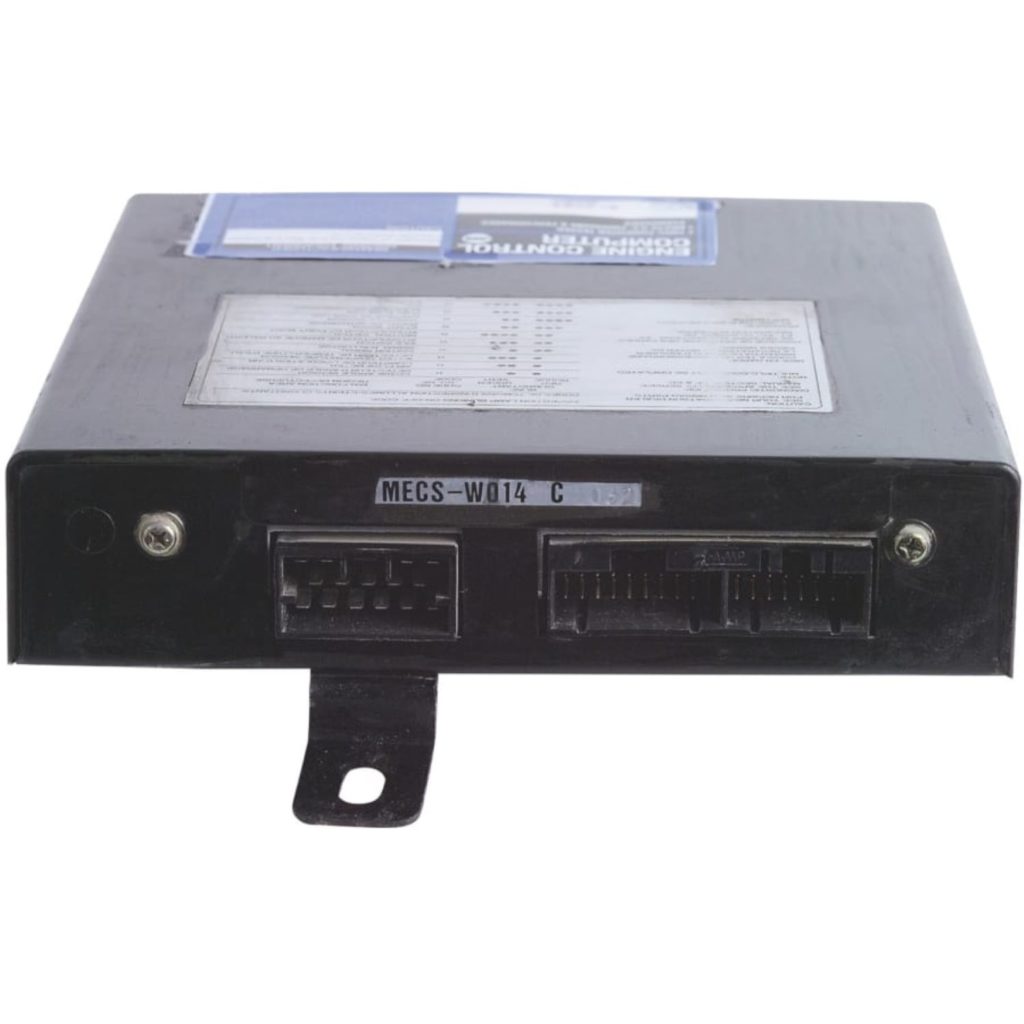
What Are the Possible Causes of the P0055 Code?
The P0055 code getting set has a handful of possible causes, some of which are listed below. Determining the exact root cause for the recording of an OBD code such as the P0055 is important to arrive at a long-term solution.
- Burnt, broken, or disconnected wiring and/or connectors
- Faulty oxygen sensor
- Blown fuse or burnt fusible link
- Faulty engine control relay
- PCM failure
What Are the Common Symptoms of the P0055 Code?
There are a couple of signs that may indicate that you’re dealing with an issue that sets the P0055 code. If you encounter a combination of the symptoms listed below, you’ll need to diagnose the problem so you can address the issue effectively.
- Delayed start-up due to cold start condition
- Reduced fuel economy
- Emission of black smoke due to rich cold start condition
- Other related diagnostic codes may set
- Decreased engine performance
How to Diagnose the P0055 Code
A thorough diagnosis is important for all OBD-II codes, such as the P0055. Accurately determining the root cause will help you reach an effective and long-term solution to the problem.
To help you diagnose the problem more efficiently, you’ll need to rely on reliable sources with accurate information and easy-to-understand diagrams and illustrations. Repair manuals and databases are perfect for this because of their detailed repair and troubleshooting instructions.
However, there are alternative sources you may refer to, such as how-to videos and online articles.
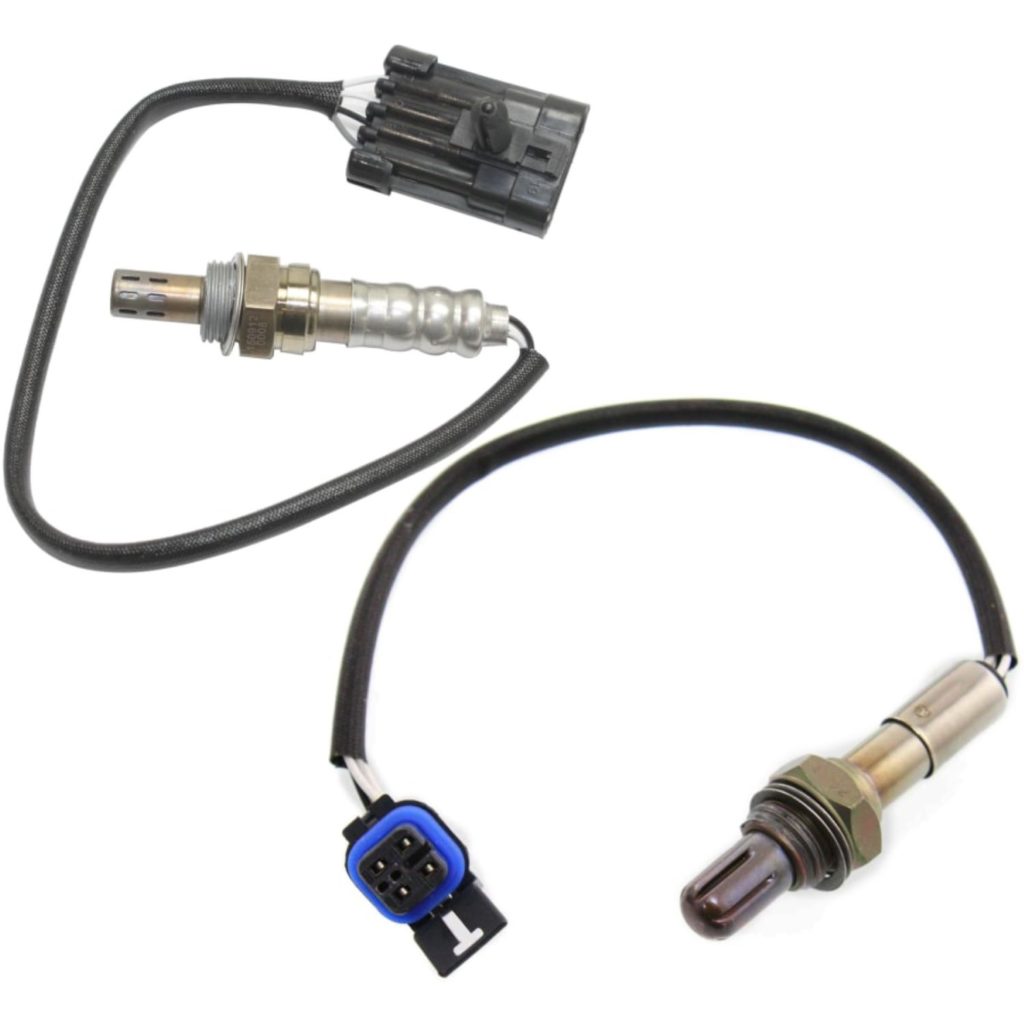
How to Fix the P0055 Code
There is no one-size-fits-all solution for problems setting OBD-codes. Remember that for each code, there are a lot of possible causes. You’ll need to accurately determine the root cause to even get an idea of how repairs would go. Not only that, but repair instructions will also differ depending on the vehicle. Cars, trucks, and other automobiles are built differently, so procedures to address P0055 on Nissanmay differ from that on a Honda.
As mentioned above, repair manuals and databases are great resources for the seasoned DIYer. However, if you’re not sure how to troubleshoot or repair problems related to OBD-II codes such as P0055, you can trust a certified mechanic or technician with the job.
Other Notes About P0055
The P0055 code has a high level of repair importance and severity. With this code, the upstream oxygen sensor may be rendered inoperable. It’s important to find out the root cause and address the issue for this code right away. Oxygen sensor replacement is a common fix for this code, but this may not always apply to every case of P0055.
Where to Get a New Oxygen Sensor for Your Vehicle
Don’t let your vehicle hang out in the garage for days because of the issues caused by the P0055 code. If the fix requires replacing a faulty oxygen sensor, don’t put it off. The great news is that finding a durable replacement is easy, especially when you shop here at CarParts.com.
Carefully handpicked by a team of industry professionals, our oxygen sensors passed the highest quality control standards in the automotive field, guaranteeing maximum durability and dependability.
Start shopping by entering your vehicle’s year, make, and model into our vehicle selector. This will narrow down the catalog to compatible oxygen sensors for your ride. For a more personalized shopping experience, use our search filters to match the results according to your preferred brand, price range, and more.
Auto repair doesn’t have to be a headache. Here at CarParts.com, we make it easy to get the parts you need. Order now, and we’ll deliver your product straight to your doorstep. Our products also come with a low-price and lifetime replacement guarantee, helping drivers like you get the best value for your money.
Also, don’t forget to browse our auto repair resources to get more information about your car care and maintenance needs. Check out our catalog today, and grab the best deals on a top-notch oxygen sensor!
Products Mentioned in this Guide
Any information provided on this Website is for informational purposes only and is not intended to replace consultation with a professional mechanic. The accuracy and timeliness of the information may change from the time of publication.


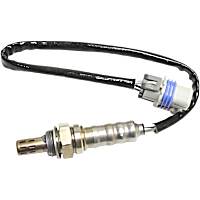 Oxygen Sensor
Oxygen Sensor
 Exhaust Pipe
Exhaust Pipe


